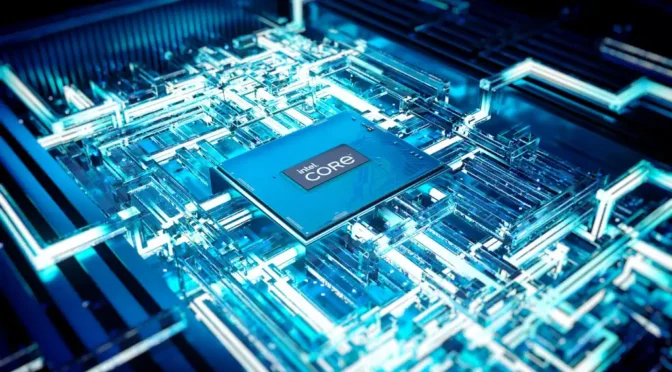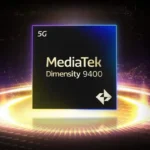[Image credit: Intel]Intel’s Lunar Lake: A Game-Changer for Handheld Gaming Devices
Intel‘s Lunar Lake processors are making waves in the tech world. Recent tests show that these chips could have a massive impact on gaming handhelds. While no handhelds with Lunar Lake CPUs are available yet, early benchmarks already offer an exciting glimpse into their capabilities.
Promising Performance Gains
Geekerwan, a well-respected tech reviewer, tested the Intel Core Ultra 7 258V, a Lunar Lake CPU. The processor operated at 15W, similar to what a gaming handheld would use. He compared it against the Steam Deck’s custom AMD Zen 2 chip and the Asus ROG Ally’s Z1 Extreme. Even at a 720p resolution to simulate handheld gaming, the results were impressive. The Core Ultra 7 258V outperformed the Z1 Extreme by over twice the speed (2.3x) and was 35% faster than the Steam Deck’s AMD chip.
When compared to the Ryzen AI 9 HX 370, the Lunar Lake CPU delivered 67% faster performance at the same power level. This substantial gain shows how Intel’s new chips might change the game for mobile gaming.
Graphics Performance and Challenges
Intel Lunar Lake processors also showed strong results in gaming benchmarks, including demanding titles like Cyberpunk 2077. The Core Ultra 7 258V hit 28 fps using FSR, compared to 13 fps on the Steam Deck and ROG Ally. In a higher power setting, the chip remained competitive with the 80W Ryzen AI HX 370, despite running at just 30W.
However, there is one catch. Lunar Lake’s integrated graphics rely on Intel’s Arc (Battlemage) technology. While this contributes to excellent gaming performance, it also brings potential issues. Many older games may struggle with compatibility due to the new Arc drivers. This is a known problem for Intel, as these drivers were developed from scratch not long ago. If you enjoy classic PC or indie games, this might become a frustrating barrier, although newer titles are less likely to have issues.
Battery Life: A Key Feature
Battery life is another vital aspect of gaming handhelds, and Lunar Lake shows promise here as well. Tests on the Yoga Air 15 indicated battery life that nearly matched the MacBook Air M3. This performance is quite promising for handheld gaming, suggesting that devices equipped with Lunar Lake could enjoy long playtimes on a single charge.
What to Expect from Intel’s Lunar Lake
Lunar Lake processors seem set to revolutionize gaming handhelds, offering substantial improvements over Intel’s previous Meteor Lake chips. The combination of powerful CPUs, impressive battery life, and integrated graphics makes Lunar Lake an exciting development in mobile gaming.
Overall, Intel Lunar Lake gaming handhelds could change the landscape of portable gaming. With strong early test results and better efficiency, these processors may finally give Intel the edge it needs to compete with AMD in the handheld space. Game compatibility remains a challenge, but if Intel manages to improve its Arc drivers, the future looks bright for Lunar Lake-powered gaming devices.



















